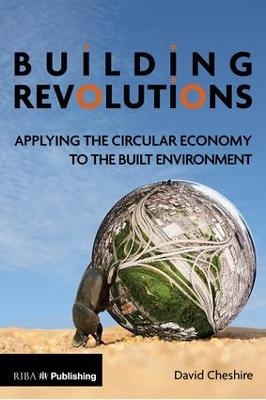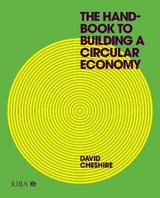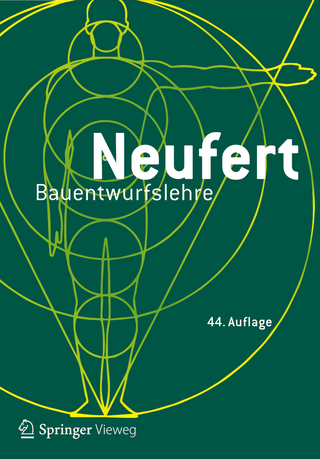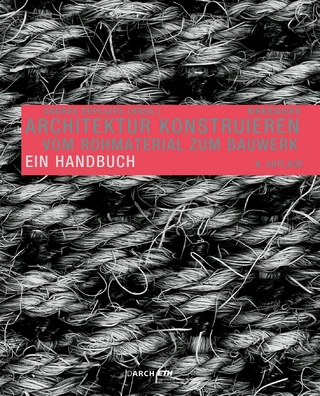
Building Revolutions
RIBA Publishing (Verlag)
978-1-85946-645-2 (ISBN)
- Titel erscheint in neuer Auflage
- Artikel merken
The construction industry, on the whole, operates within a linear economy of make, use, dispose. But with common materials becoming ever more expensive to procure and rare earth elements becoming increasingly scarce, it is time to apply a more effective model.
The principles of the circular economy are already being used by other industries, and in recent years both the UK Government and the European Commission have promoted the model as the most sustainable option for the future. Yet despite this emphasis there has been little focus on how construction industry professionals and their clients can contribute towards the movement.
Building Revolutions addresses this absence: drawing on illustrative methods and examples, the author explains in simple and practical terms how the principles of a circular economy can be applied to the built environment, thereby reducing the resources required to construct, fit-out, maintain and refurbish buildings.
David Cheshire is a Regional Director at AECOM, specialising in sustainability in the built environment. David has over twenty years’ experience acting as a sustainability champion on construction projects and has written best practice industry guidance including CIBSE’s Sustainability Guide. David trained as a building surveyor and has an MSc in Energy and the Built Environment. He is a Chartered Environmentalist, a BREEAM Accredited Professional and sits on the SKA Rating technical committee as well as delivering training on sustainable buildings. He is an advocate of the transition to a circular economy.
1. Introduction: Circular Thinking
2. What is a Circular Economy?
3. Why a Circular Economy?
4. Starting at the End
5. Circular Economy Principles for Buildings
6. Build to Last?
7. Building in Layers
8. Designing out Waste
9. Designing for Adaptability
10. Design for Disassembly and Reuse
11. Selecting Materials and Products
12. Turning Waste into a Resource
13. Circular Business Models
14. Conclusion: Virtuous Circles
| Erscheinungsdatum | 01.02.2018 |
|---|---|
| Verlagsort | London |
| Sprache | englisch |
| Maße | 156 x 234 mm |
| Themenwelt | Technik ► Architektur |
| Technik ► Bauwesen | |
| ISBN-10 | 1-85946-645-1 / 1859466451 |
| ISBN-13 | 978-1-85946-645-2 / 9781859466452 |
| Zustand | Neuware |
| Informationen gemäß Produktsicherheitsverordnung (GPSR) | |
| Haben Sie eine Frage zum Produkt? |
aus dem Bereich



